

Articles
New Ice Maker How Long To Make Ice
Modified: October 19, 2024
Discover the latest articles on how long it takes for a new ice maker to make ice. Find helpful tips and information on ice making times.
(Many of the links in this article redirect to a specific reviewed product. Your purchase of these products through affiliate links helps to generate commission for Storables.com, at no extra cost. Learn more)
Introduction
Welcome to the world of ice makers, where the quest for perfectly chilled beverages is made easier. Whether you’re hosting a party, enjoying a backyard barbecue, or simply savoring your favorite drink at home, a dependable ice maker is a must-have appliance to ensure a continuous flow of ice cubes.
But have you ever wondered how long it takes for an ice maker to produce ice? This is a common question among ice maker owners or those considering purchasing one. The time it takes to make ice can vary depending on several factors. In this article, we will explore the ice making process, the factors that can affect ice making time, and provide some tips to speed up the process.
Before we dive into the details, let’s take a moment to understand how ice makers work. Most ice makers follow a similar process: water is poured into a reservoir, frozen into cubes using a cooling mechanism, and then pushed out into a collection bin. The process typically repeats until the bin is full or the desired amount of ice is produced.
Now that we have a basic understanding of how ice makers work, let’s explore the factors that can affect ice making time. From the environment in which the ice maker is placed to the temperature of the water, these variables can significantly impact how quickly your ice maker produces ice. Understanding these factors will help you optimize your ice maker’s performance and ensure a steady supply of ice for your chilling needs.
It’s important to note that different ice makers may have varying performance capabilities, which can influence the time it takes for them to produce ice. Some ice makers are designed to produce ice more quickly, while others may take longer. We’ll discuss these performance differences and provide tips on how to maximize your ice maker’s efficiency.
So, if you’re ready to uncover the secrets behind ice making and learn how to speed up the process, read on. We’ll delve into some actionable tips and common mistakes to avoid, ensuring that you’re well-equipped to make ice in a jiffy.
Key Takeaways:
- Understanding the factors that affect ice making time, such as environmental temperature and water quality, can help optimize your ice maker’s performance for faster and more efficient ice production.
- By implementing simple strategies like pre-chilling water, maintaining optimal room temperature, and avoiding common mistakes, you can ensure a continuous supply of ice and maximize the efficiency of your ice maker.
The Ice Making Process
Have you ever stopped to think about the intricate process that takes place within an ice maker to transform water into those delightful ice cubes? Understanding the ice making process can help you comprehend the factors that can affect the time it takes to produce ice.
The ice making process typically involves several steps:
- Water Supply: The ice maker is connected to a water supply, either through a direct water line or by manually filling a water reservoir.
- Water Freezing: The water is poured into a mold or tray within the ice maker, where it is exposed to a cooling mechanism. This cooling mechanism lowers the temperature of the water, causing it to freeze.
- Ice Formation: As the water freezes, it transforms into ice cubes. Depending on the design of the ice maker, the cubes can have different shapes and sizes.
- Ice Release: Once the ice has formed, the ice maker uses a mechanism to release the cubes into a collection bin or storage area.
- Repeat Cycle: The ice maker continues the process of freezing water and releasing ice cubes until the collection bin is full or the desired amount of ice is produced.
It’s worth noting that the time it takes to complete this ice making process can vary depending on different factors, as we will uncover in the next section. Additionally, some ice makers may have a faster cycle time, allowing for quicker ice production, while others may take longer.
Now that you have a better understanding of the ice making process, let’s look at the factors that can impact the time it takes for an ice maker to produce ice.
Factors Affecting Ice Making Time
Several factors can influence the time it takes for an ice maker to produce ice. By understanding these factors, you can optimize your ice maker’s performance and ensure a faster and more efficient ice-making process. Let’s take a closer look at the key factors that can affect ice making time:
- Environmental Temperature: The temperature in which the ice maker operates plays a significant role in ice production. Generally, ice makers work best in temperatures between 50°F (10°C) and 90°F (32°C). Lower temperatures can slow down the freezing process, while higher temperatures may compromise the ice maker’s efficiency.
- Water Temperature: The initial temperature of the water you pour into the ice maker can impact ice making time. Cold water will freeze faster than warmer water, so using colder water from the refrigerator or adding ice cubes to the water reservoir can help speed up the process.
- Ice Maker Type: Different types of ice makers have varying performance capabilities, which can affect ice making time. Portable countertop ice makers tend to have faster cycle times and can produce ice more quickly than built-in or under-counter ice makers.
- Ice Cube Size: The size of the ice cubes can also impact the time it takes for them to freeze. Larger ice cubes may require more time to freeze completely, while smaller cubes may freeze faster. Some ice makers offer options for adjusting the size of the ice cubes, allowing for customization and faster production.
- Ice Maker Capacity: The capacity of the ice maker, or the amount of ice it can produce in a given time period, can also affect ice making time. Ice makers with larger capacities may take longer to produce a full batch of ice, while those with smaller capacities can produce ice more quickly.
It’s important to note that these factors interact with each other, and the impact on ice making time can vary depending on the specific circumstances. For example, if you’re using an ice maker in a hot environment with warm water, it may take longer to produce ice compared to using it in a cooler environment with cold water.
Understanding these factors is vital for optimizing your ice maker’s performance. In the next section, we’ll explore some tips and strategies to speed up the ice making process and ensure a steady supply of ice for your cooling needs.
Understanding Ice Maker Performance
Ice maker performance refers to the efficiency and speed at which an ice maker produces ice. Different ice makers can have varying performance capabilities, and understanding these differences can help you make an informed decision when choosing the right ice maker for your needs.
Here are some key aspects to consider when evaluating ice maker performance:
- Cycle Time: The cycle time refers to the duration it takes for an ice maker to complete one ice-making cycle, from filling the water reservoir to releasing a batch of ice cubes. Ice makers with shorter cycle times can produce ice more quickly.
- Ice Production Capacity: The ice production capacity indicates the amount of ice an ice maker can produce within a specified time period, usually measured in pounds or kilograms per day. Ice makers with higher production capacities can meet higher demands for ice.
- Ice Cube Size Options: Some ice makers offer the flexibility to choose different ice cube sizes. Being able to adjust the size of the ice cubes allows for customization and can impact the ice making time. Smaller ice cubes may freeze faster than larger ones.
- Efficiency and Energy Consumption: Consider the energy efficiency rating of the ice maker. Energy-efficient models can help reduce electricity consumption and lower operating costs over time. Look for ice makers with ENERGY STAR certification for optimal efficiency.
- Noise Level: While not directly related to ice making time, the noise level of an ice maker can be an important consideration, especially in quieter environments. Look for models that have noise reduction features or operate at lower decibel levels.
It’s essential to select an ice maker that aligns with your specific requirements. If you prioritize speed and high ice production capacity, look for models with shorter cycle times and larger ice production capacities. On the other hand, if energy efficiency is a top concern, opt for models that are designed to consume less electricity without compromising performance.
By understanding ice maker performance features and specifications, you can choose the right ice maker that suits your needs and preferences. In the next section, we’ll provide some practical tips to help you speed up the ice making process and ensure a continuous supply of ice.
The time it takes for a new ice maker to make ice can vary depending on the model and brand. Generally, it can take anywhere from 15 minutes to 1 hour for the first batch of ice to be produced. Be sure to check the manufacturer’s instructions for specific details.
Tips to Speed up Ice Making
If you’re looking to expedite the ice making process and ensure a steady supply of ice, here are some tips and strategies to help you speed things up:
- Pre-Chill the Water: Before pouring water into the ice maker’s reservoir, pre-chill it by placing it in the refrigerator or adding ice cubes. Using cold water initially can help kickstart the freezing process and reduce ice making time.
- Maintain Optimal Room Temperature: Ensure that the environment in which the ice maker is placed is within the recommended temperature range specified by the manufacturer. A cooler room temperature can facilitate faster ice production.
- Clean and Maintain the Ice Maker: Regularly clean the ice maker and remove any mineral deposits or debris that may hinder the freezing process. A clean ice maker can operate at maximum efficiency and produce ice more quickly.
- Use Small Ice Cube Size: If your ice maker offers adjustable ice cube sizes, choose the smaller option. Smaller ice cubes tend to freeze faster, allowing for quicker ice production.
- Don’t Overfill the Reservoir: Avoid overfilling the water reservoir of the ice maker. Follow the manufacturer’s guidelines and fill it only to the recommended level. Overfilling can prolong the freezing process and slow down ice production.
- Give Adequate Air Circulation: Ensure that the ice maker has proper air circulation around it. Avoid placing it in tight spaces or restricting airflow, as this can negatively impact its performance and slow down ice production.
- Consider a Model with Faster Cycle Time: If fast ice production is a top priority, consider investing in an ice maker model with a shorter cycle time. These models are designed to produce ice more quickly and efficiently.
Implementing these tips will help optimize your ice maker’s performance and speed up the ice making process. However, it’s important to remember that each ice maker is unique, and results may vary based on the specific model and circumstances.
By following these tips, you’ll be able to enjoy a constant supply of ice, whether you’re hosting a party, relaxing at home, or taking a refreshing break with your favorite beverage.
Common Mistakes that Slow Ice Making
While it’s essential to know the tips and strategies to speed up ice making, it’s equally important to be aware of common mistakes that can inadvertently slow down the process. Avoiding these mistakes can help ensure optimal ice maker performance and faster ice production. Let’s explore some of the common mistakes to watch out for:
- Pouring Hot Water into the Reservoir: Pouring hot water directly into the ice maker’s reservoir can significantly increase the time it takes to freeze the water and produce ice. Always use cold or chilled water to expedite the freezing process.
- Neglecting Regular Maintenance: Failing to clean and maintain your ice maker can lead to mineral buildup and blockages in the system, which can hinder the freezing process. Follow the manufacturer’s instructions regarding cleaning and maintenance to ensure optimal ice maker performance.
- Overloading the Ice Maker: While it’s tempting to fill the ice maker’s reservoir to its maximum capacity, overloading can slow down the ice making process. Stick to the recommended fill level to allow for proper freezing and faster ice production.
- Placing the Ice Maker in a Warm Environment: Exposing your ice maker to high temperatures or placing it in a warm environment can impede the freezing process and prolong ice making time. Keep the ice maker in a cool and well-ventilated area for optimal performance.
- Using Improper Water Quality: The quality of water used in the ice maker can impact its performance. Hard water with high mineral content can lead to mineral deposits in the system, affecting ice production. If your water supply is high in minerals, consider using filtered or distilled water.
- Not Allowing Proper Air Circulation: Restricting the airflow around the ice maker can hamper its performance. Ensure there is adequate space for air circulation around the unit, as proper ventilation helps maintain optimal operating conditions.
- Not Checking for Leaks: Any leaks in the ice maker’s water supply or drainage system can disrupt the ice-making process and slow down production. Regularly inspect the unit for any signs of leaks and address the issue promptly.
Avoiding these common mistakes will help you maintain the efficiency of your ice maker and ensure faster ice production. By following proper usage guidelines and practicing regular maintenance, you can enjoy a continuous supply of ice for all your cooling needs.
Conclusion
Ice makers are incredibly convenient appliances that provide a steady supply of ice for various occasions. Understanding the factors that affect ice making time and implementing strategies to optimize ice maker performance can help ensure a faster and more efficient ice-making process.
Throughout this article, we explored the ice making process, the factors that can influence ice making time, and provided tips to speed up ice production. We discussed how the temperature, water quality, ice maker type, and capacity can impact ice making time. We also highlighted the importance of maintaining the ice maker, using cold water, and providing proper air circulation.
Furthermore, we pointed out the common mistakes that can inadvertently slow down the ice making process, such as pouring hot water, neglecting maintenance, overloading the ice maker, and placing it in a warm environment. By avoiding these mistakes, you can maximize your ice maker’s efficiency and enjoy a continuous supply of ice.
Remember, it’s crucial to select an ice maker that aligns with your specific needs, whether you prioritize speed, ice production capacity, energy efficiency, or noise level. By considering the performance capabilities of different ice maker models, you can make an informed decision and choose the right appliance for your requirements.
With proper usage, regular maintenance, and a few smart practices, you can enjoy the convenience of a fast ice making process, ensuring that your beverages and gatherings are always accompanied by an abundance of ice. So, go ahead and make the most out of your ice maker, and never run out of ice again!
Frequently Asked Questions about New Ice Maker How Long To Make Ice
Was this page helpful?
At Storables.com, we guarantee accurate and reliable information. Our content, validated by Expert Board Contributors, is crafted following stringent Editorial Policies. We're committed to providing you with well-researched, expert-backed insights for all your informational needs.
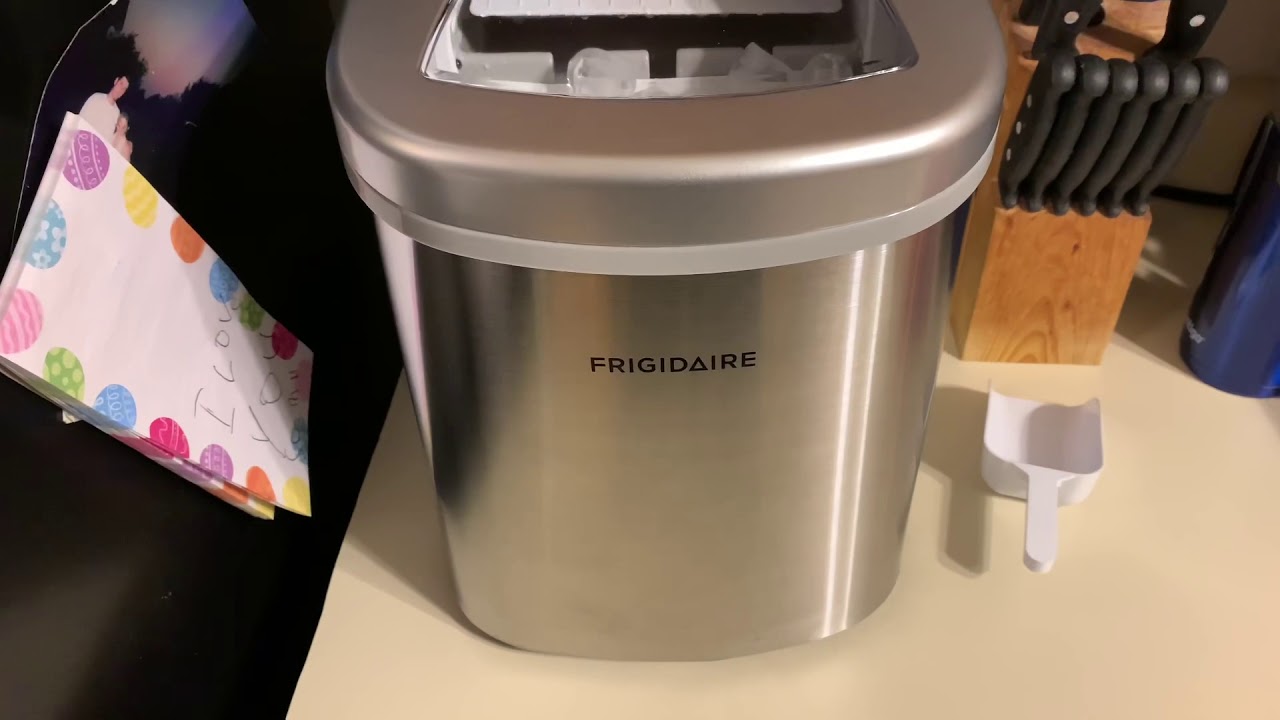
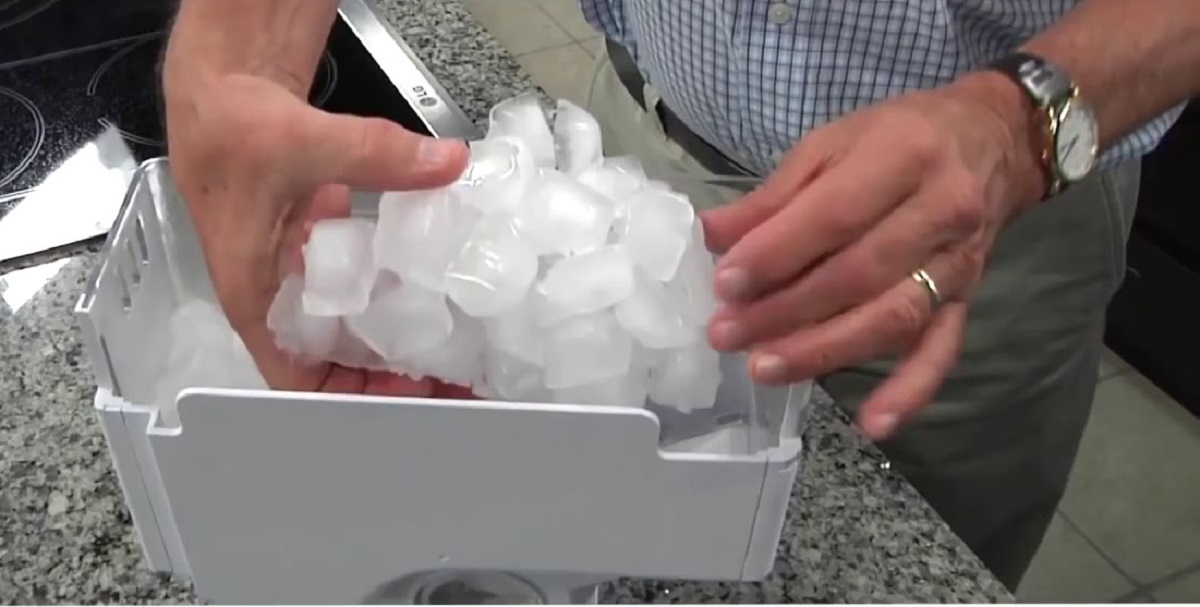
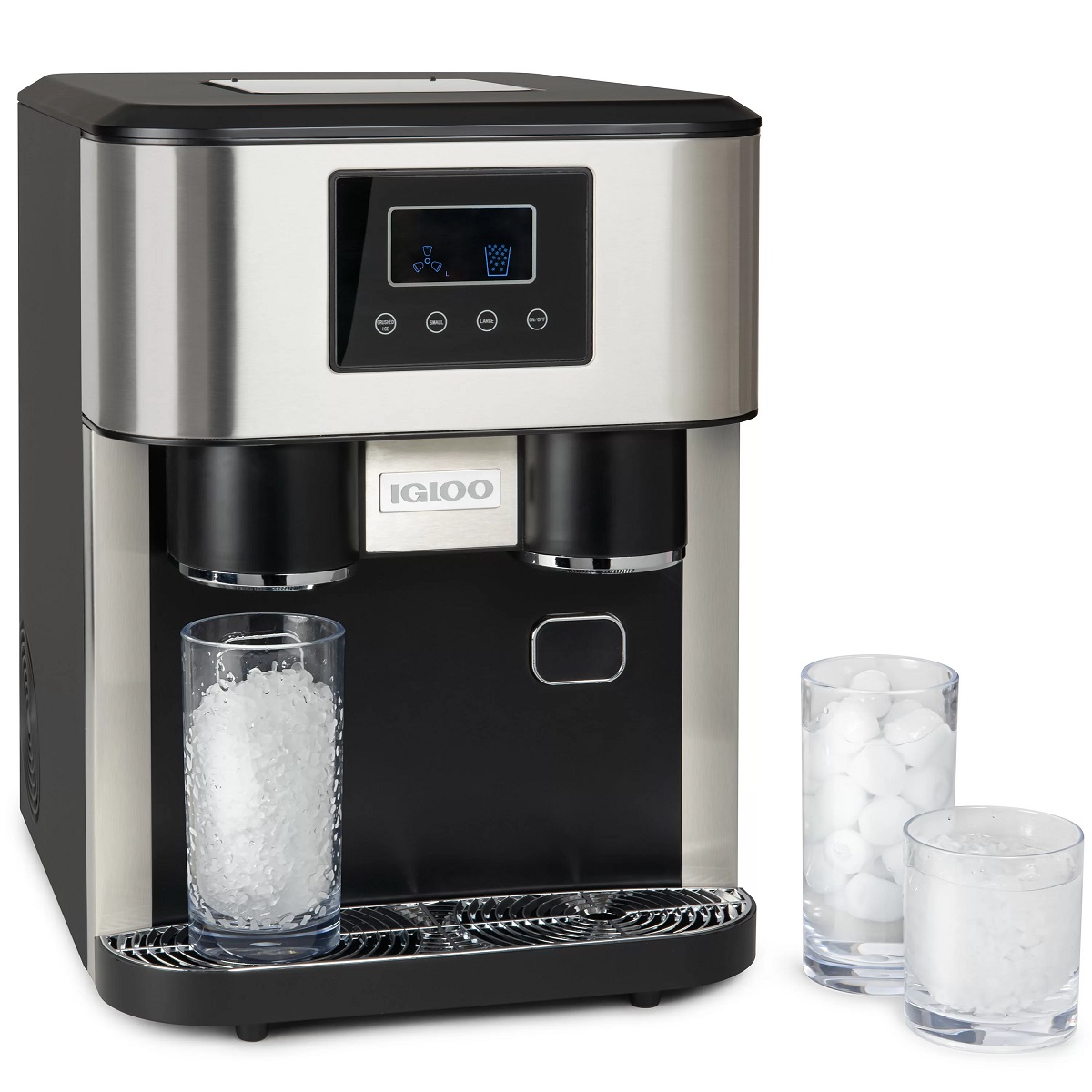
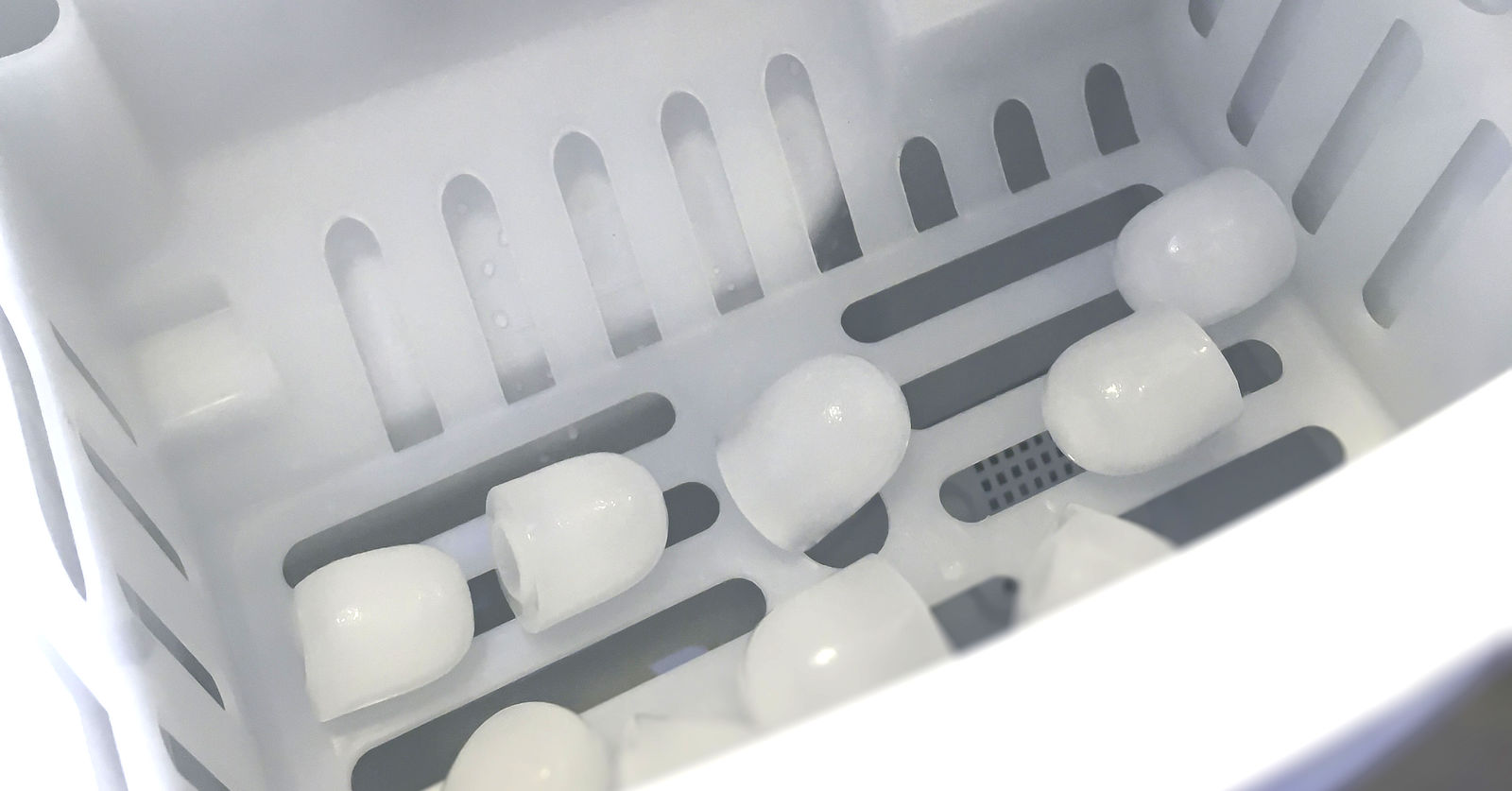
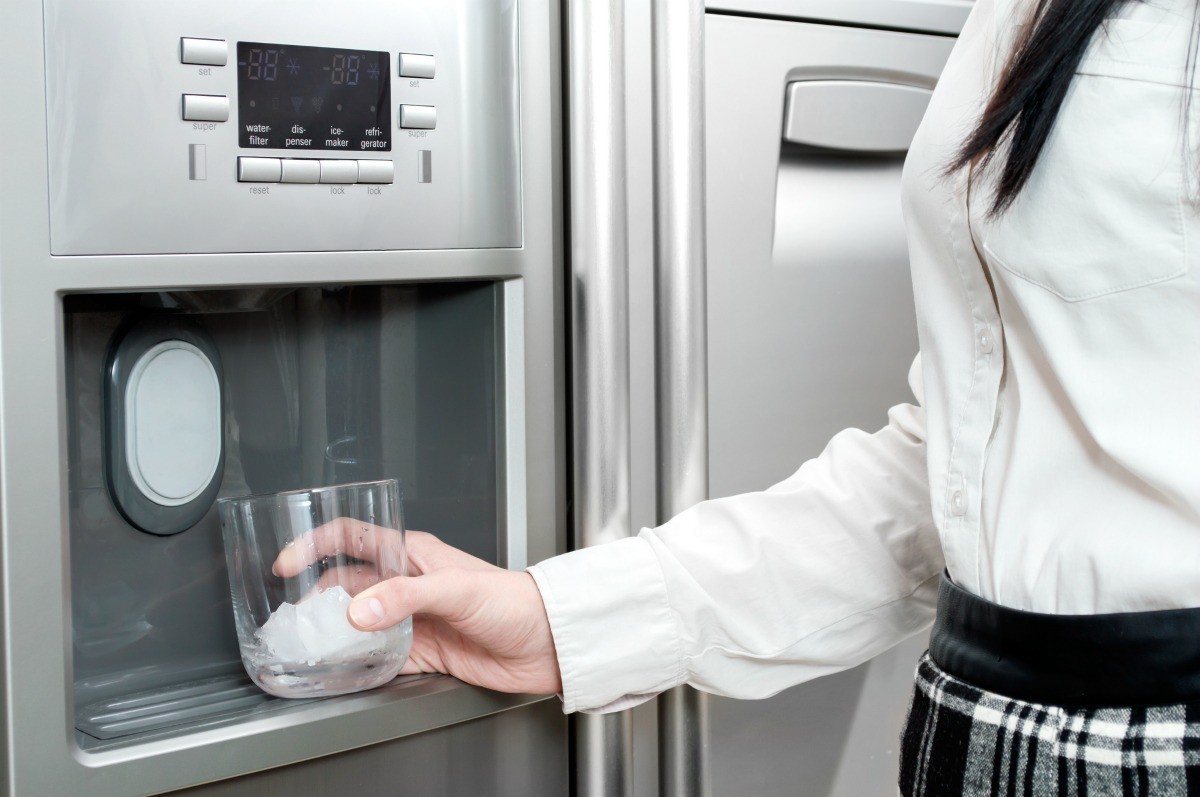
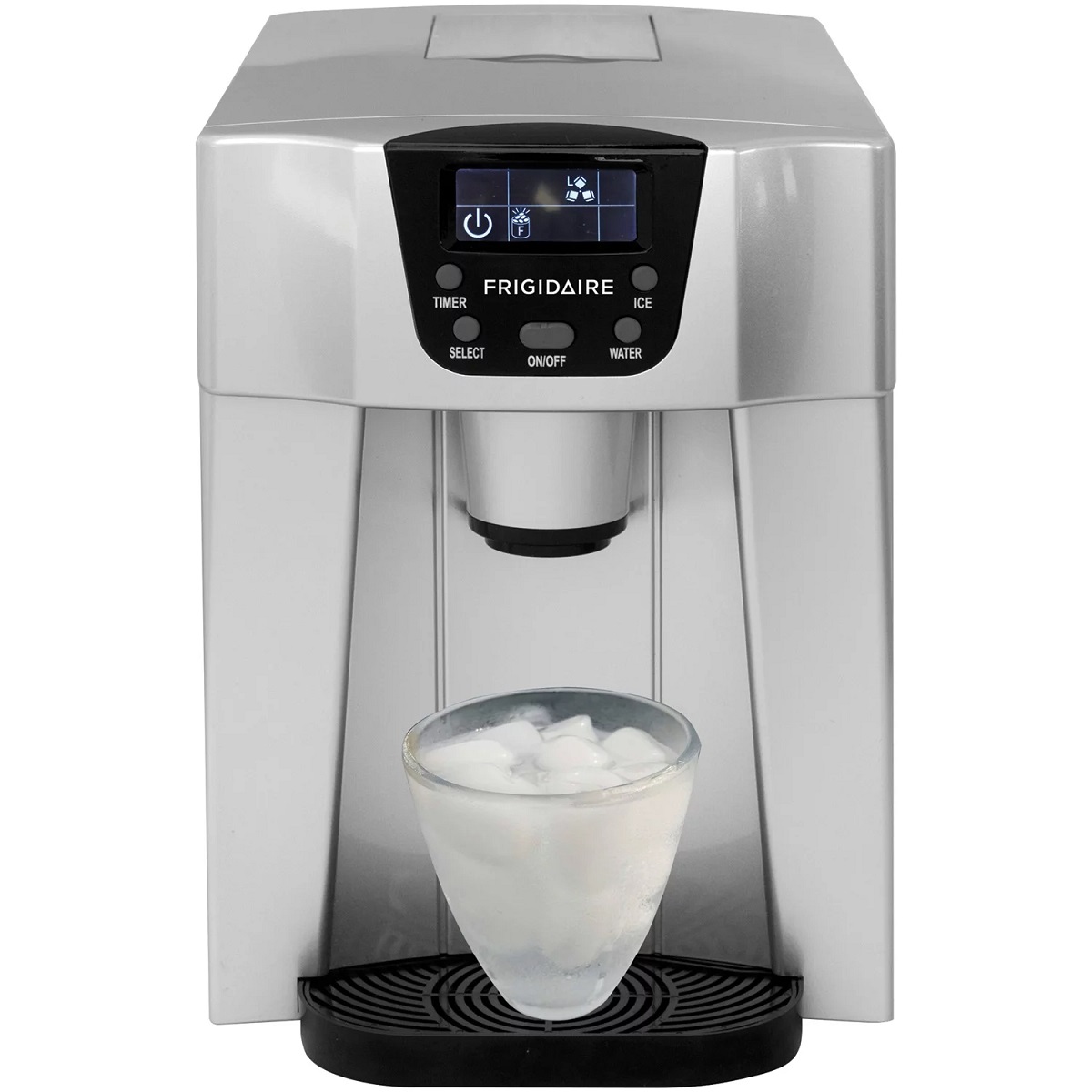
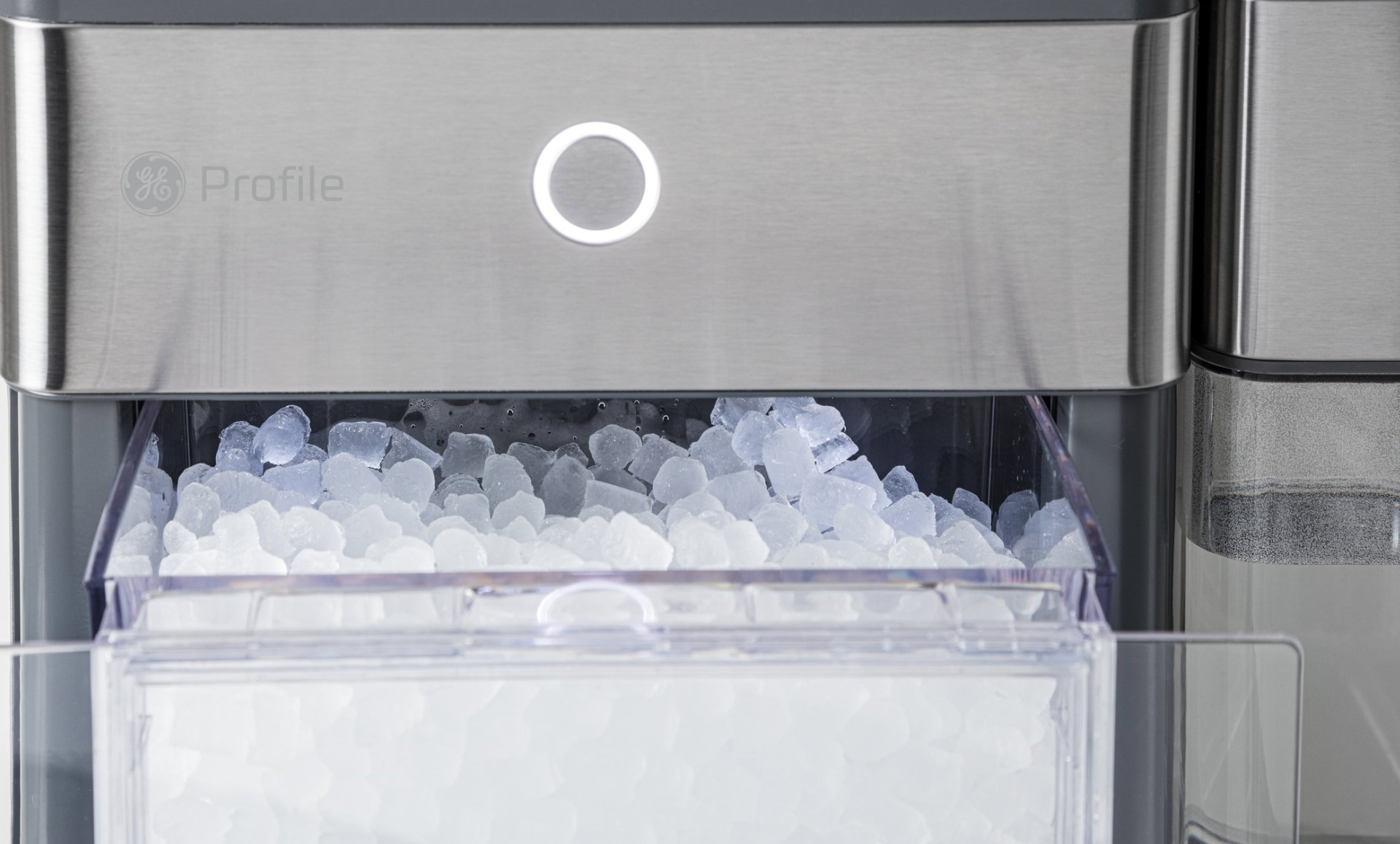
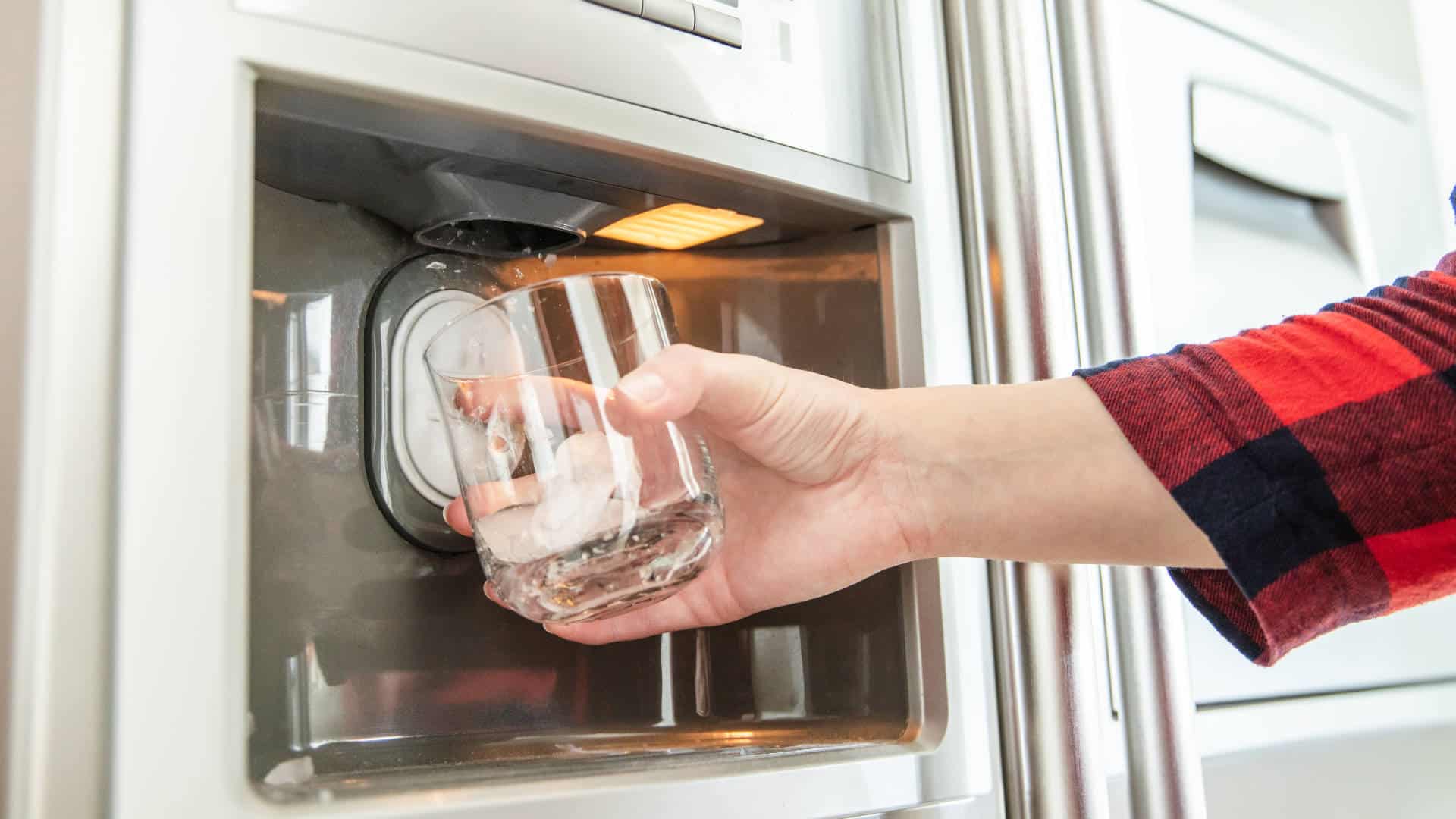
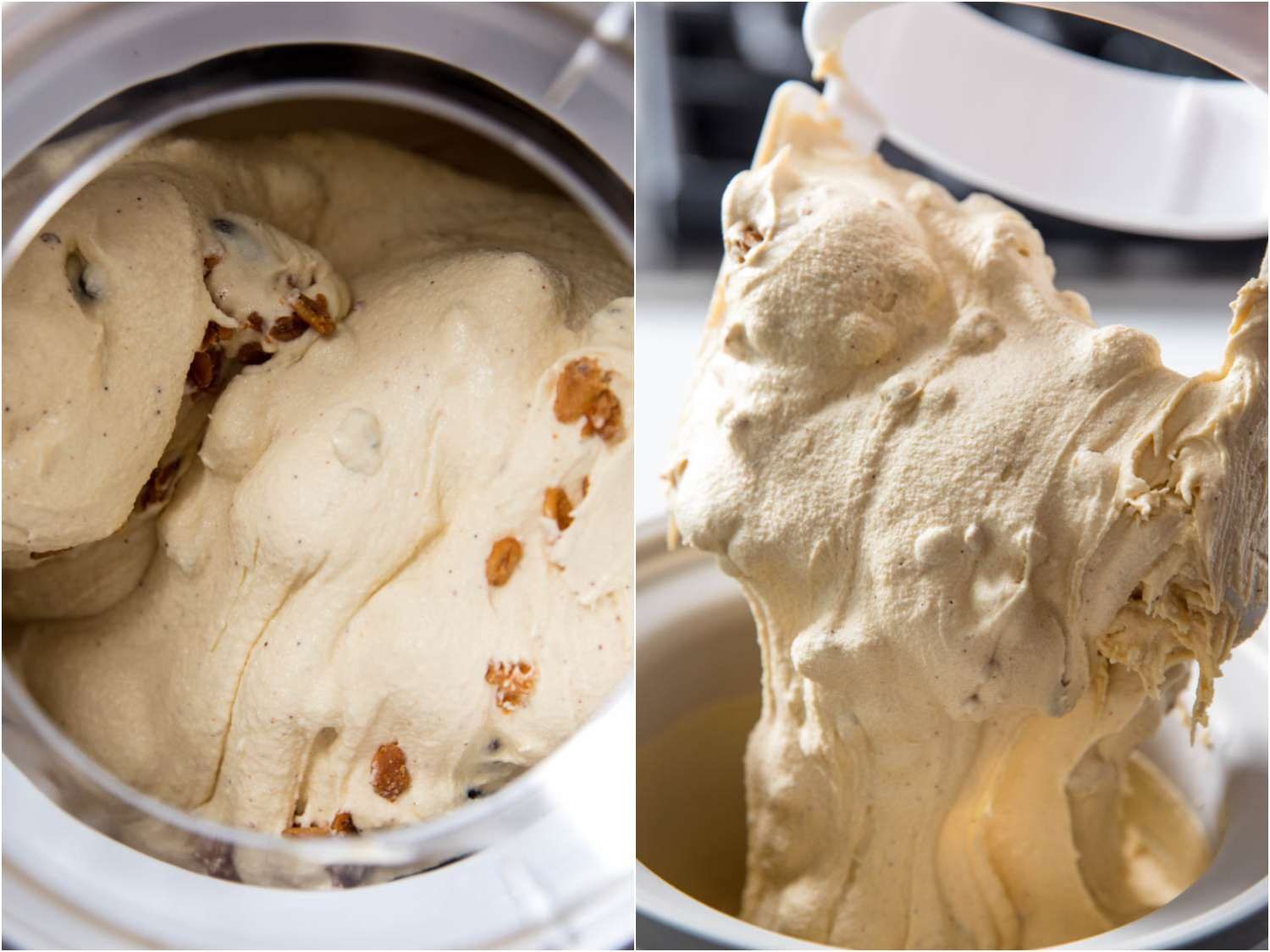
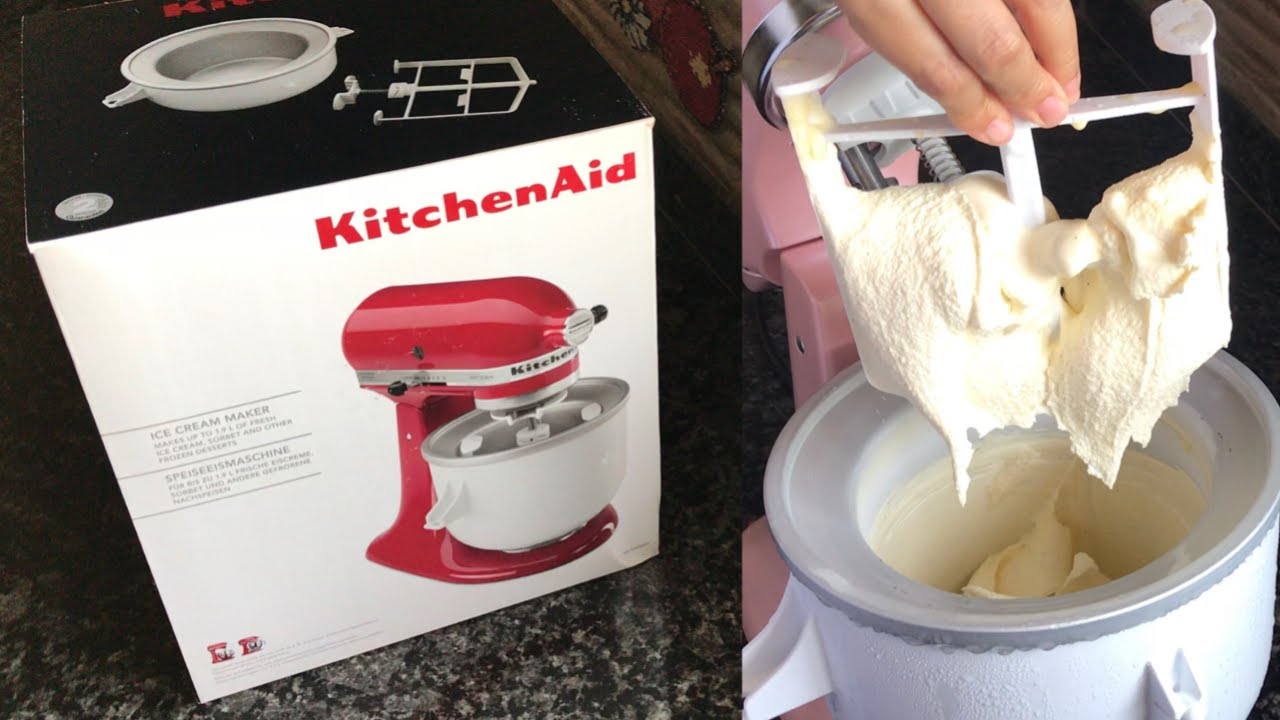
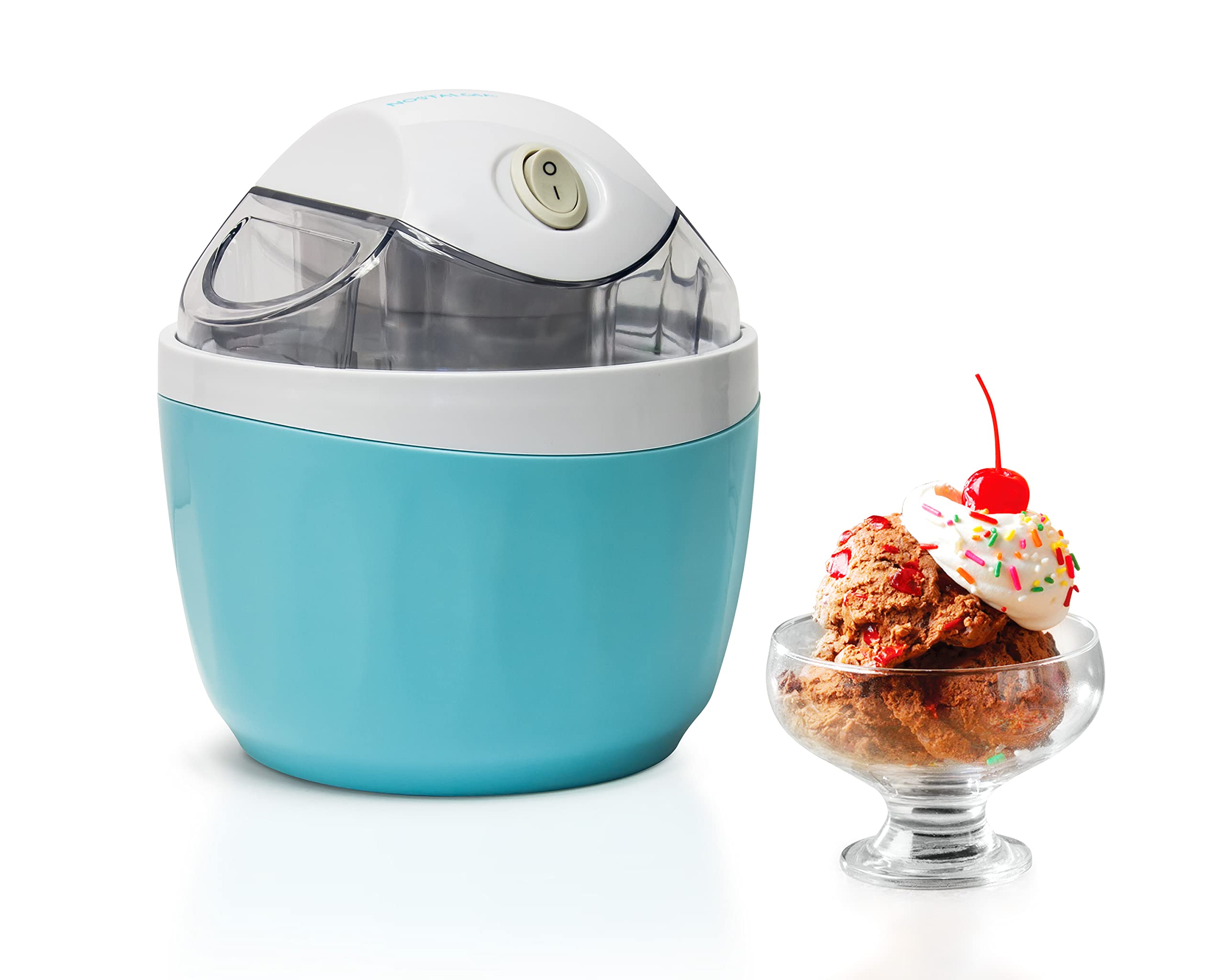
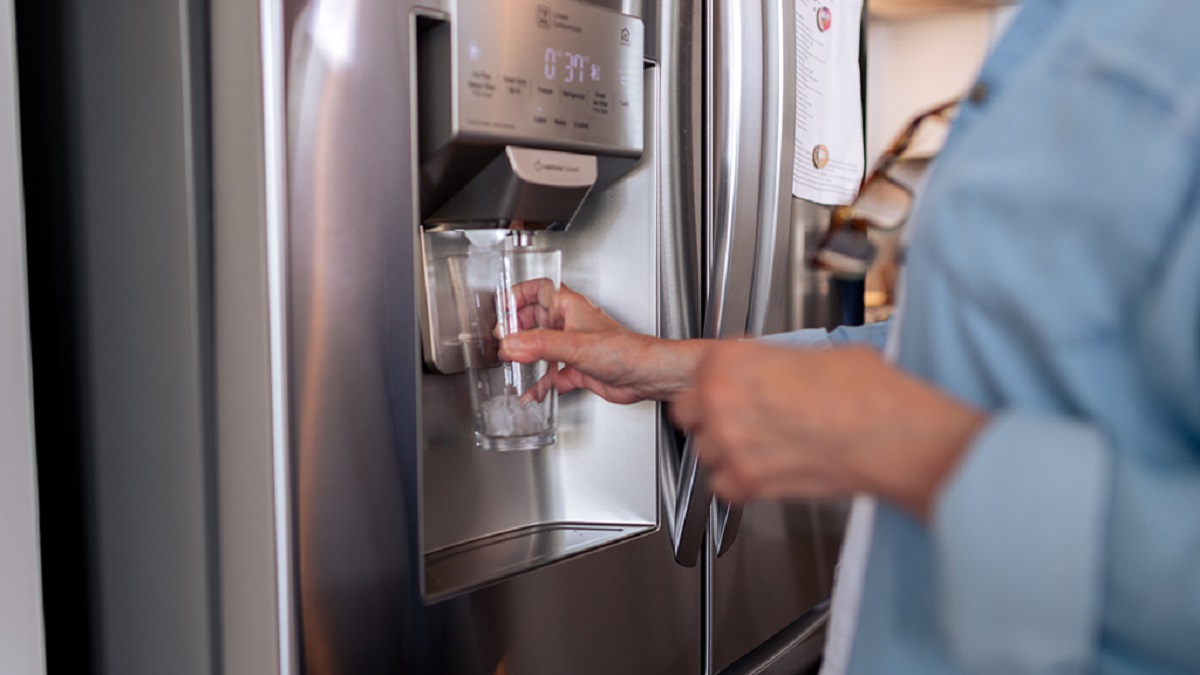
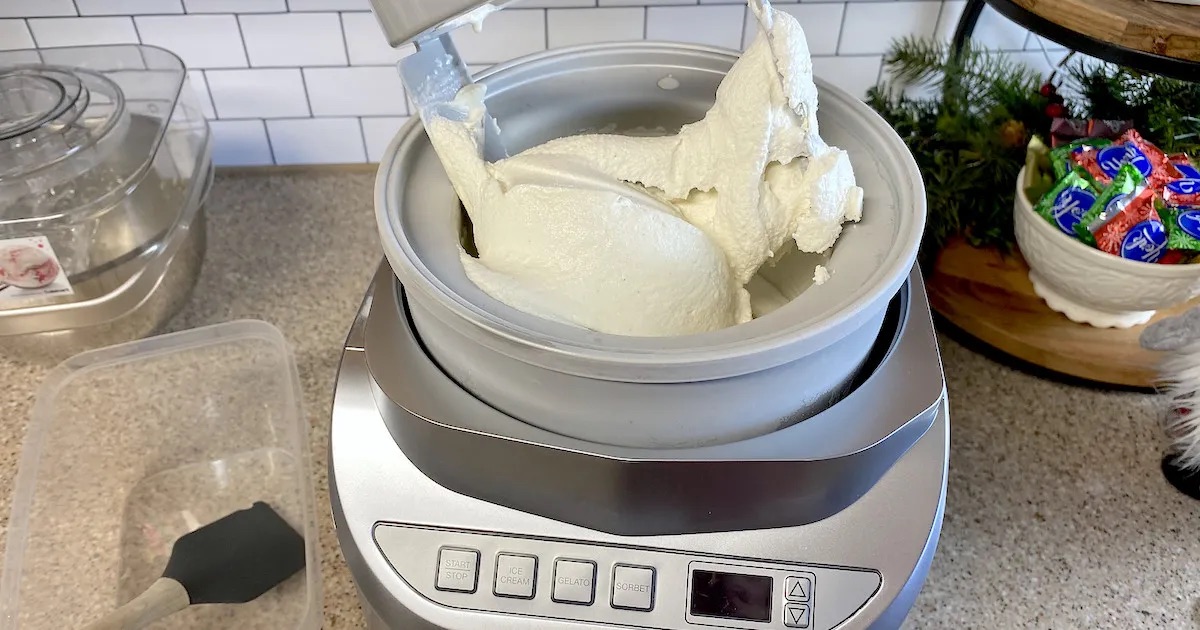


0 thoughts on “New Ice Maker How Long To Make Ice”